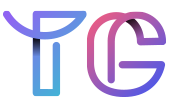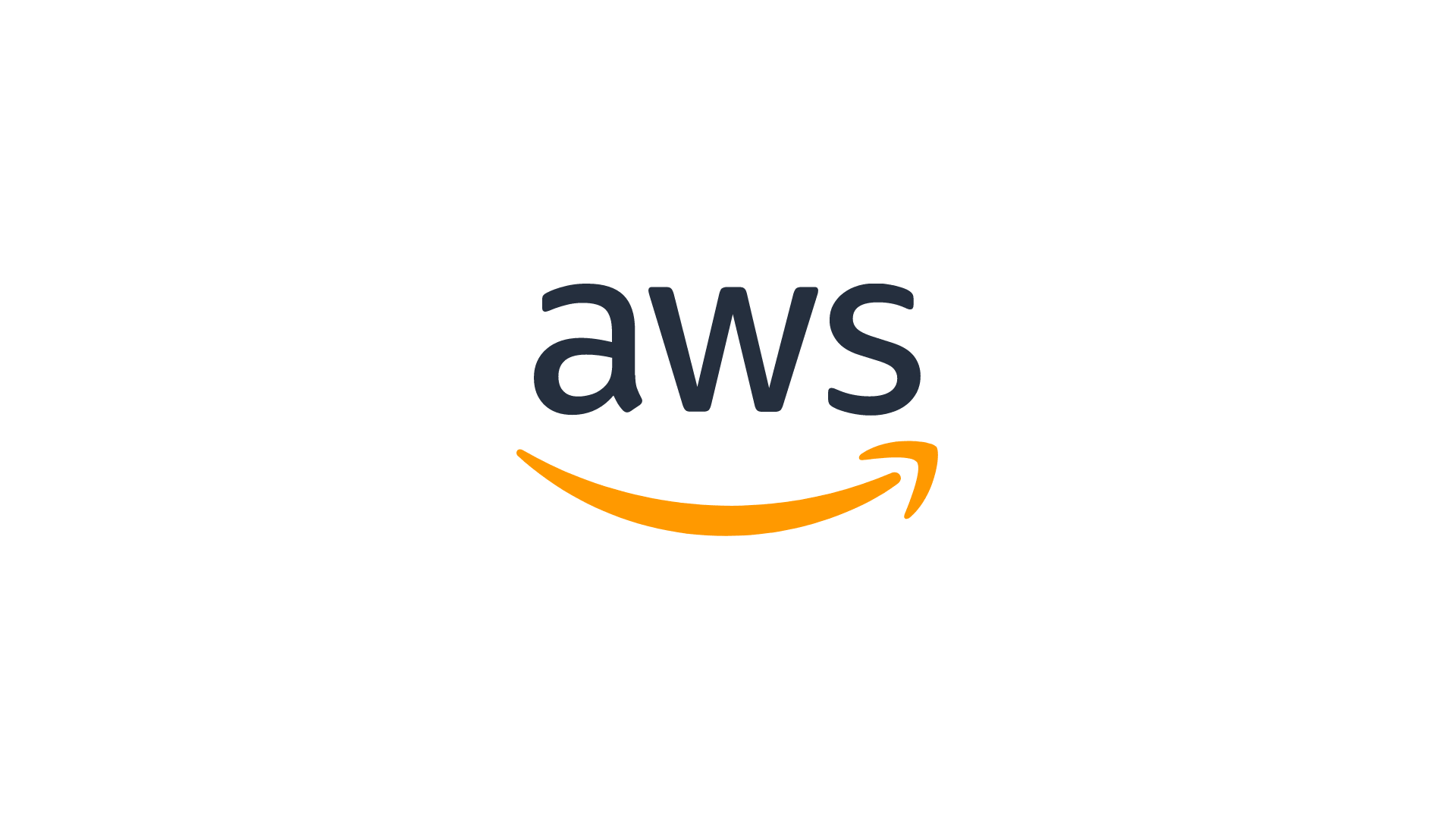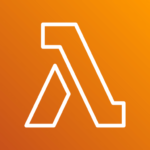I recently started working as an Event Manager Engineer at DirecTV. This role has introduced me to a range of technologies I had never worked with before. My previous experience focused on network monitoring, particularly for 4G and 5G nodes, so stepping into a world involving microservices has been a big shift for me.
While the core aspect of my job still revolves around monitoring, the systems I’m exposed to now are built using microservices. This new experience has sparked a desire to dig deeper into how microservices operate. After talking with a colleague who encouraged me to build foundational knowledge of cloud technologies, I decided to start learning about AWS.
Kubernetes is something I plan to explore later as my knowledge grows, but for now, my immediate goal is to complete the AWS Cloud Practitioner certification. This is a foundational certification that introduces the basics of AWS cloud services. It feels like a logical starting point for anyone new to cloud computing, and I want to ensure my learning journey has a solid foundation.
It’s been six days since I began studying, and I’ve decided to share my progress publicly on LinkedIn. This “learn in public” approach not only holds me accountable but also allows me to connect with others who are on similar learning paths. So far, the process has been rewarding but not without its challenges.
Challenges in Getting Started
One of the biggest obstacles I faced was figuring out where to begin. AWS offers a wealth of learning materials, but the sheer volume can be overwhelming. After a bit of research, I found AWS Educate, a platform designed to provide free resources for students and professionals interested in cloud computing. If you’re just starting your AWS journey, I highly recommend checking it out.
The AWS Cloud Practitioner certification covers a lot of ground. It includes topics like cloud architecture, security, pricing models, and basic AWS services. While the material isn’t overly complex, it’s extensive, and careful planning is essential to make steady progress. My IT background has definitely helped me grasp concepts faster, but I can see how beginners might feel daunted.
My Plan Moving Forward
To stay on track, I’ve created a structured study schedule. I plan to dedicate a significant portion of next week to intensive preparation and am aiming to take the certification exam on either November 29th or December 2nd, right after Thanksgiving. This timeline gives me enough time to solidify my understanding while ensuring I don’t lose momentum.
What I’ve Learned So Far
Even though I’m still early in my journey, learning about cloud computing has already expanded my perspective on how modern systems operate. Microservices, for instance, are highly scalable and allow applications to be broken down into smaller, manageable parts. Understanding these principles has made me appreciate the power of cloud platforms like AWS even more.
Advice for Others Starting Out
For anyone interested in pursuing the AWS Cloud Practitioner certification, here’s what I’ve learned so far:
- Find the Right Resources: Platforms like AWS Educate and AWS Skill Builder are great starting points.
- Set a Study Schedule: Having a plan can keep you focused and prevent procrastination.
- Document Your Progress: Sharing updates on platforms like LinkedIn can help you connect with others and stay motivated.
As I continue this journey, I plan to share more insights and lessons learned, both here and on social media. Cloud computing is an exciting field, and I’m eager to see where this path takes me.


